Plugging into Nonprofit Success | Dr. Sharon Elefant
Peter Winick
OCTOBER 31, 2024
Mastering Strategy, Relationships, and Monetization in the Nonprofit World In this episode, Dr. Sharon Elefant, CEO of The Nonprofit Plug, shares how she transformed her passion for nonprofits into a thriving consultancy. How do you turn a passion for nonprofits into a thriving business?

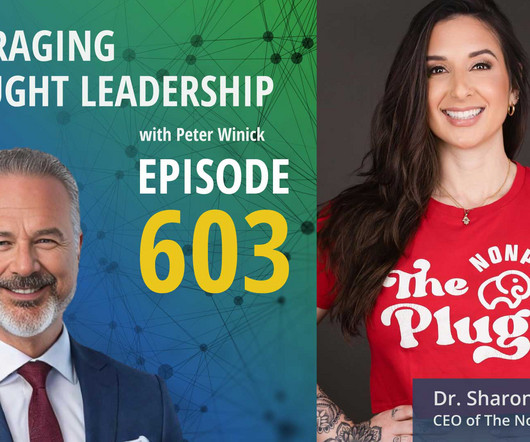
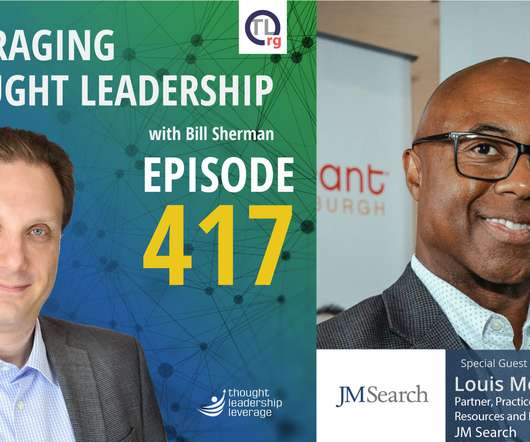

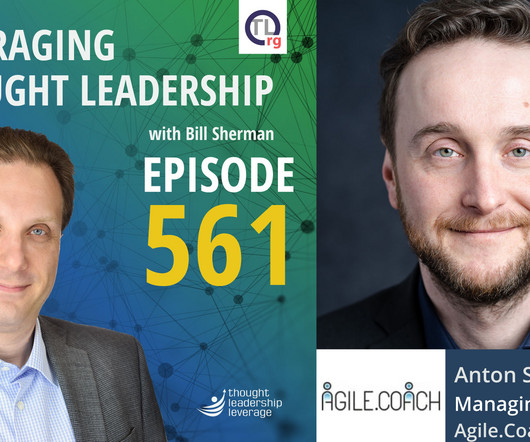


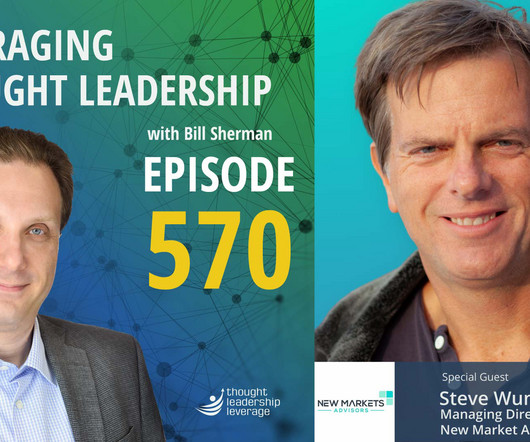
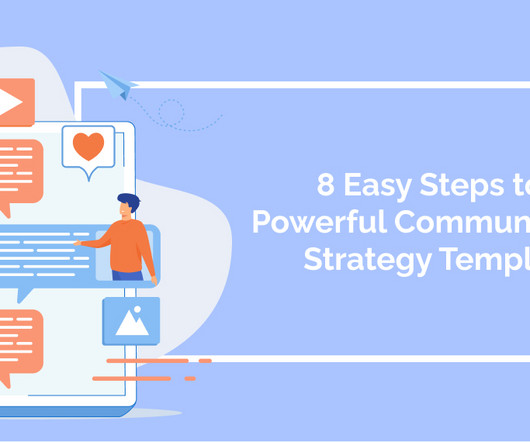




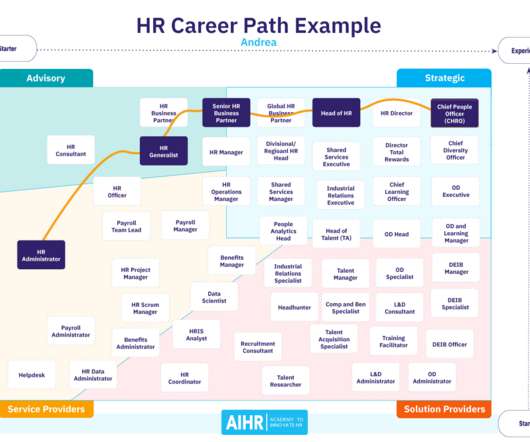







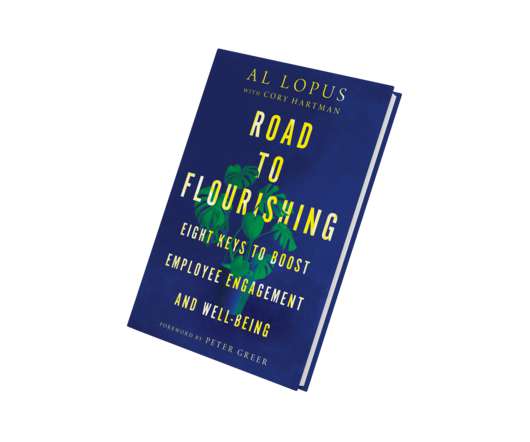




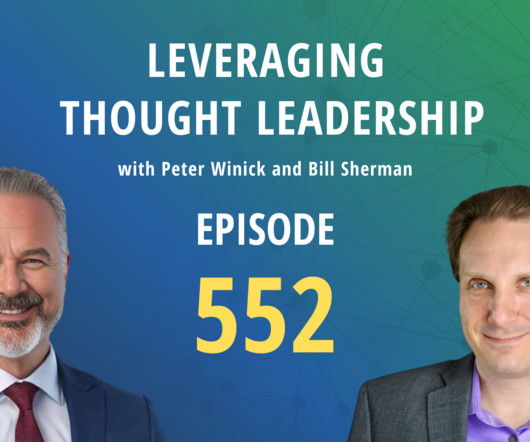





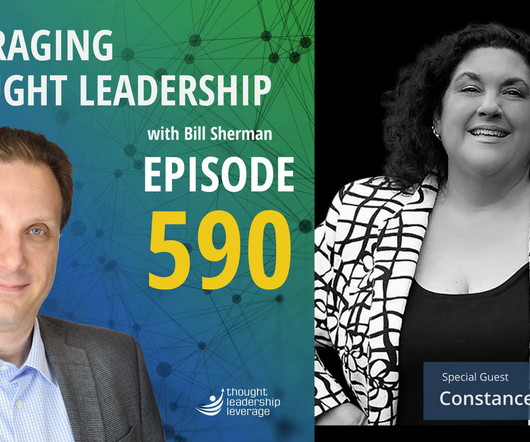






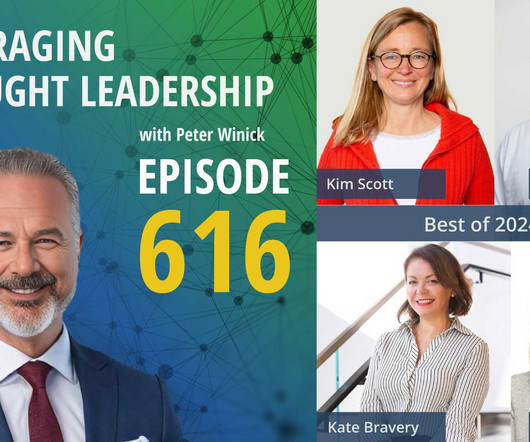






Let's personalize your content